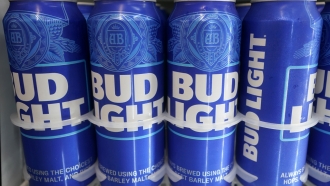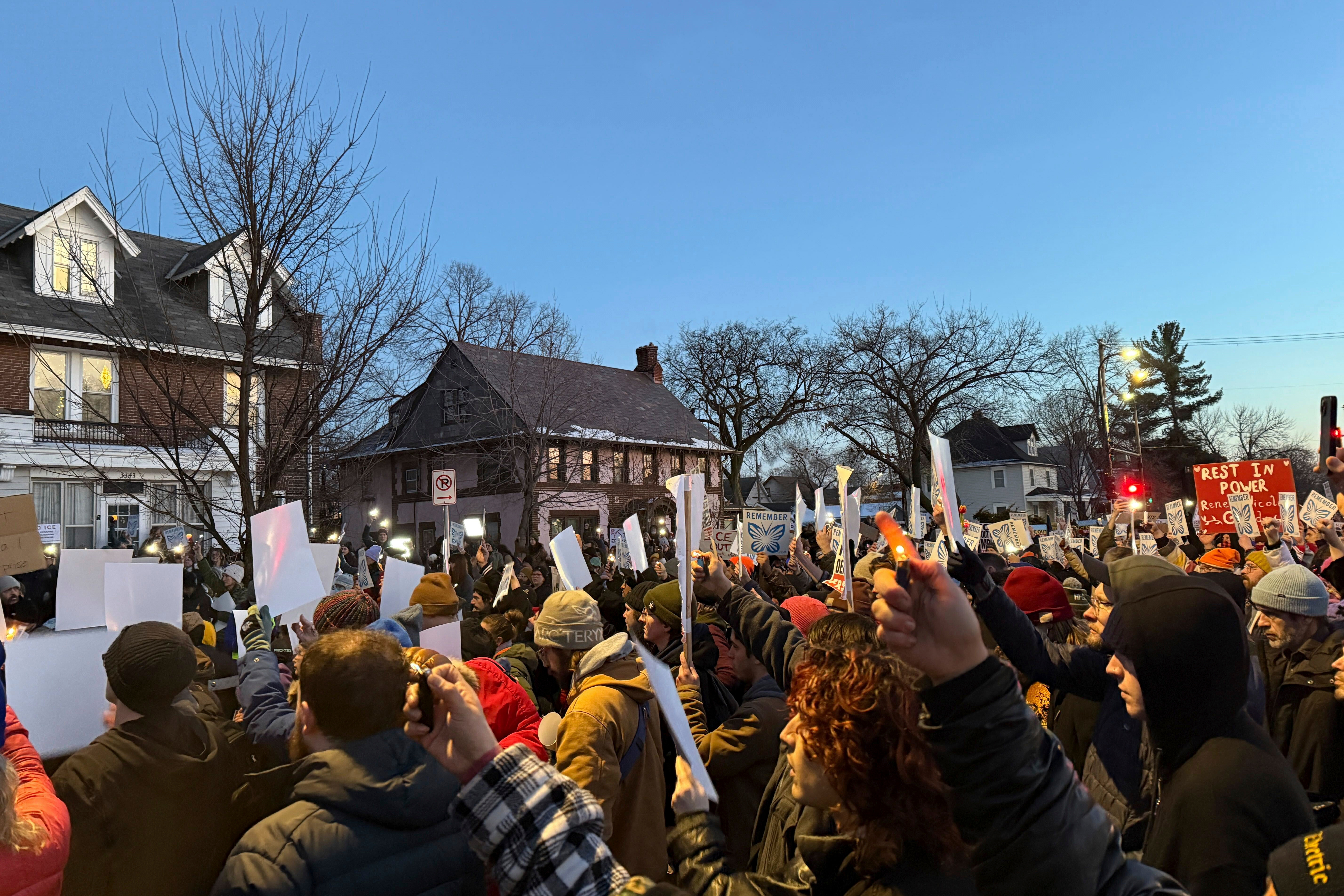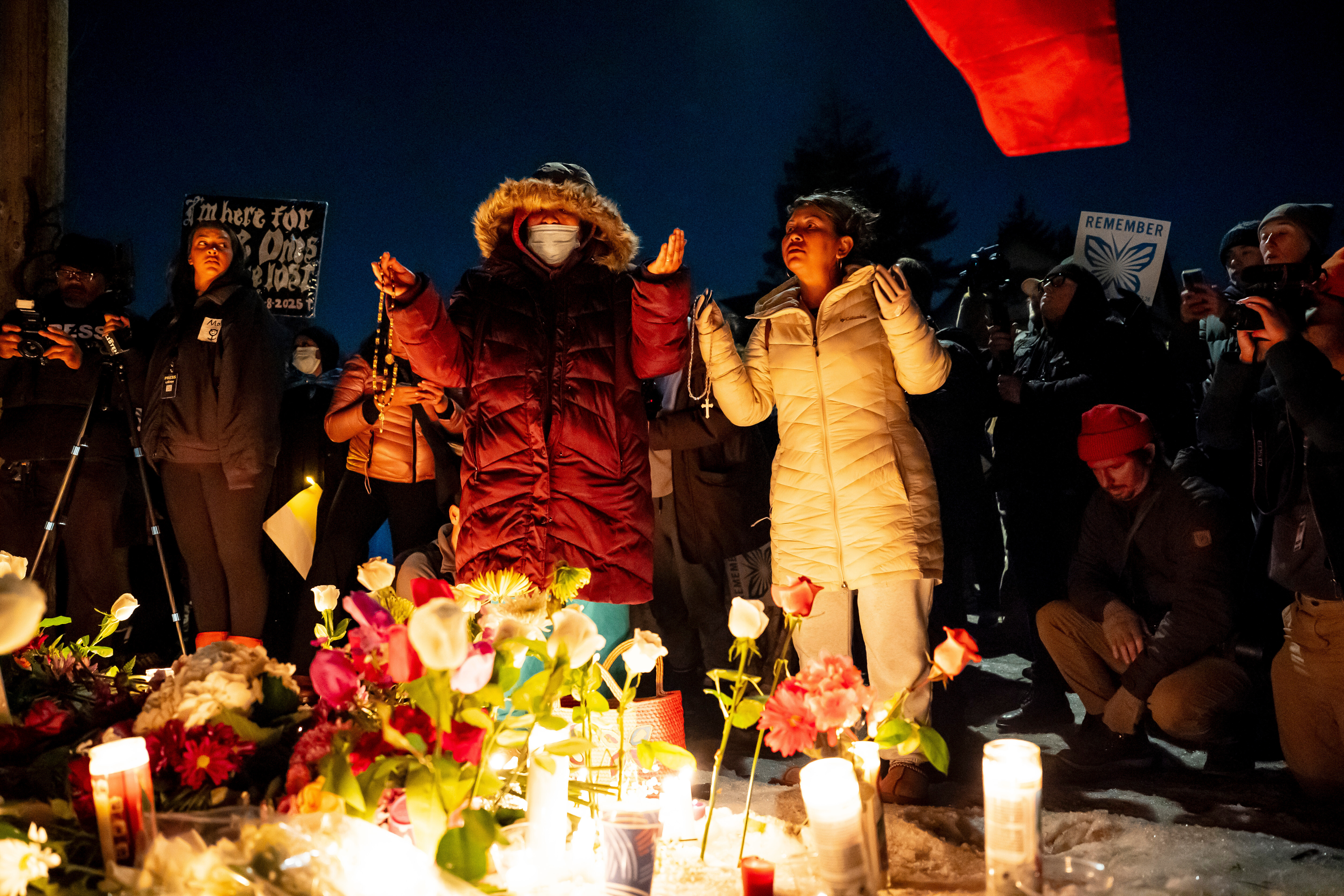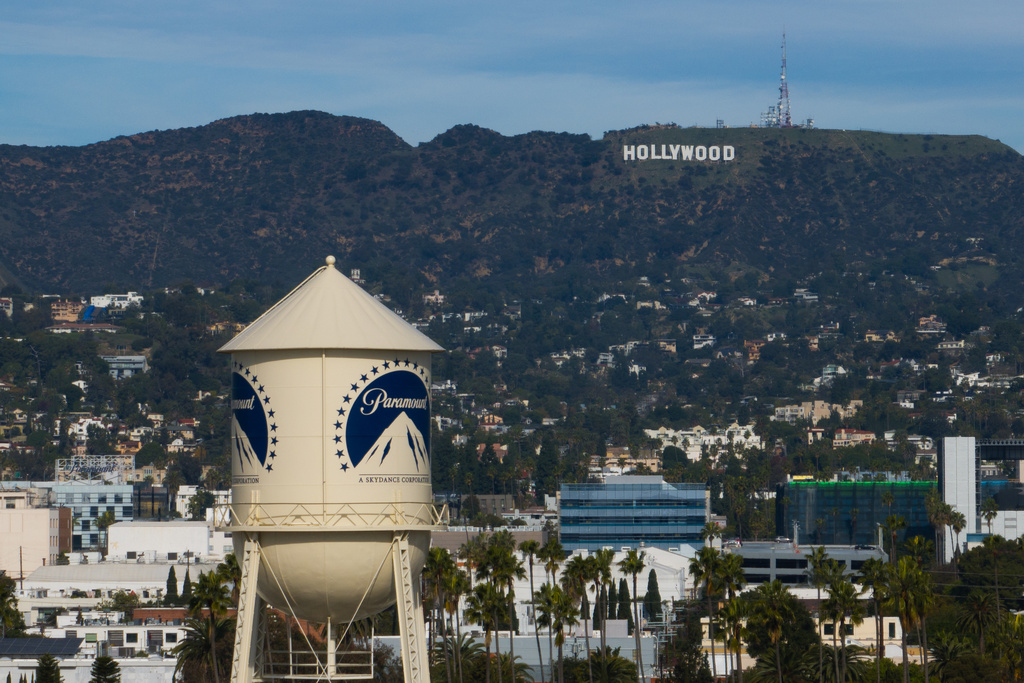The cost of Bud Light's controversial campaign continues to add up.
Anheuser-Busch InBev, which makes the once top-selling beer, said its U.S. revenue dropped 10.5% in its second quarter compared to last year, according to a report it released Thursday. It attributes the drop primarily to volume decline, which fell 14.1%.
This period of decline covers April to June. On April 1, it launched its controversial campaign with transgender influencer Dylan Mulvaney.
Mulvaney touted a Bud Light can with her picture on it and said the company sent it to her as she celebrated her "day 365 of womanhood." She and Bud Light then became targets, mostly in conservative circles.
The partnership led to a host of people, from Republican lawmakers to celebrities, announcing they were boycotting the brand. And after Mulvaney said the brewer didn't reach out to support her through the transphobia and bullying she experienced as a result, more customers joined in the furor.
This led to Bud Light losing its spot as the nation's best-selling beer — a title it held for more than two decades. It's now second best, falling behind Mexican lager Modelo Especial.

Anheuser-Busch lays off employees after Bud Light loses sales
Anheuser-Busch will reportedly let go of some corporate employees after its Bud Light brand lost its status as the No. 1 beer in America.
The report appears to show the blowback is mainly stateside. AB InBev's revenue increased in the Middle Americas, South America, Europe and Asia.
Along with the report Thursday, the company said a survey of more than 170,000 U.S. customers found 80% are still favorable or neutral toward Bud Light brands.
Plus, the controversy doesn't seem to be affecting the company's other brews, like Stella Artois and Corona, as much. Sales of those brands helped make up for the Bud Light loss, adding to an overall revenue increase of 7.2% in the second quarter.
Still, the brand has been trying to cut costs where it can. Last week, The Wall Street Journal reported the company would lay off about 2% of its 18,000-person workforce.










